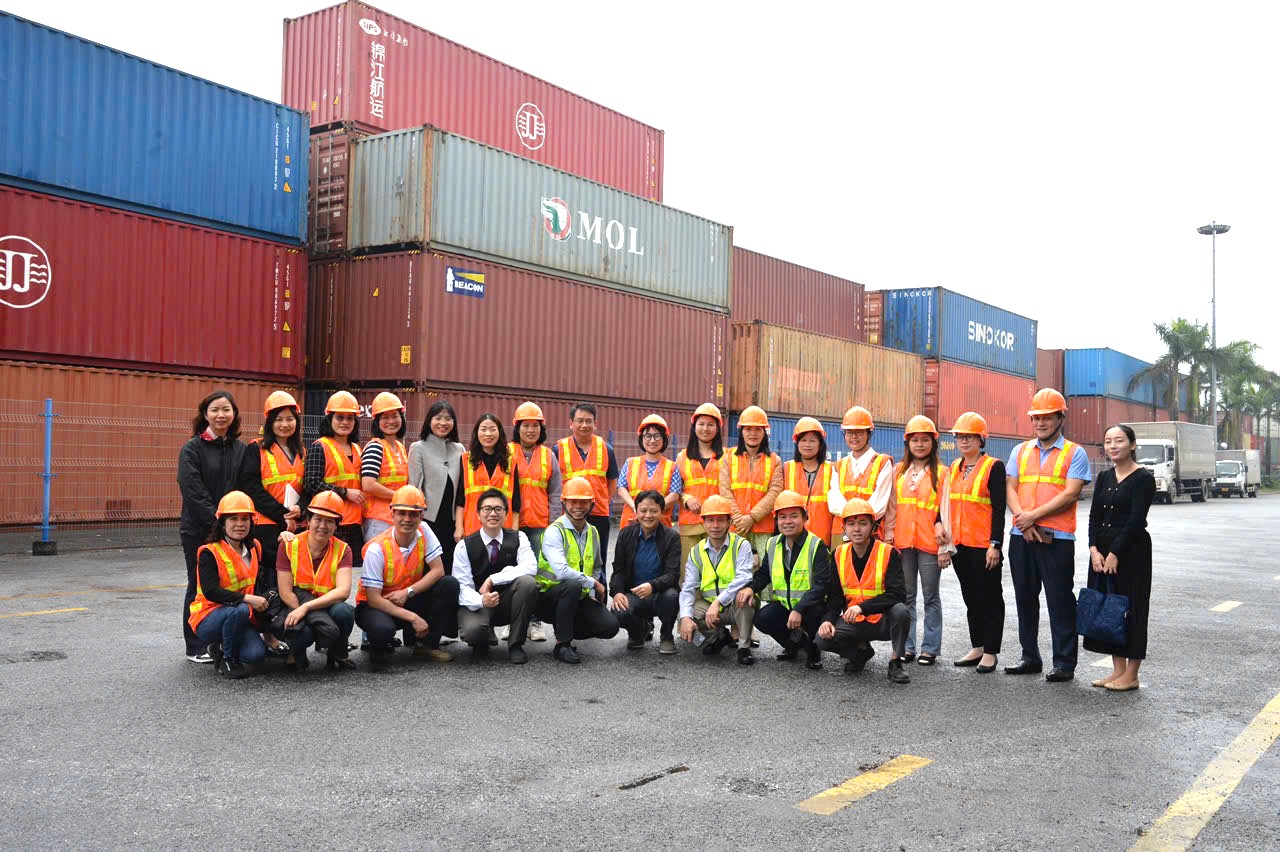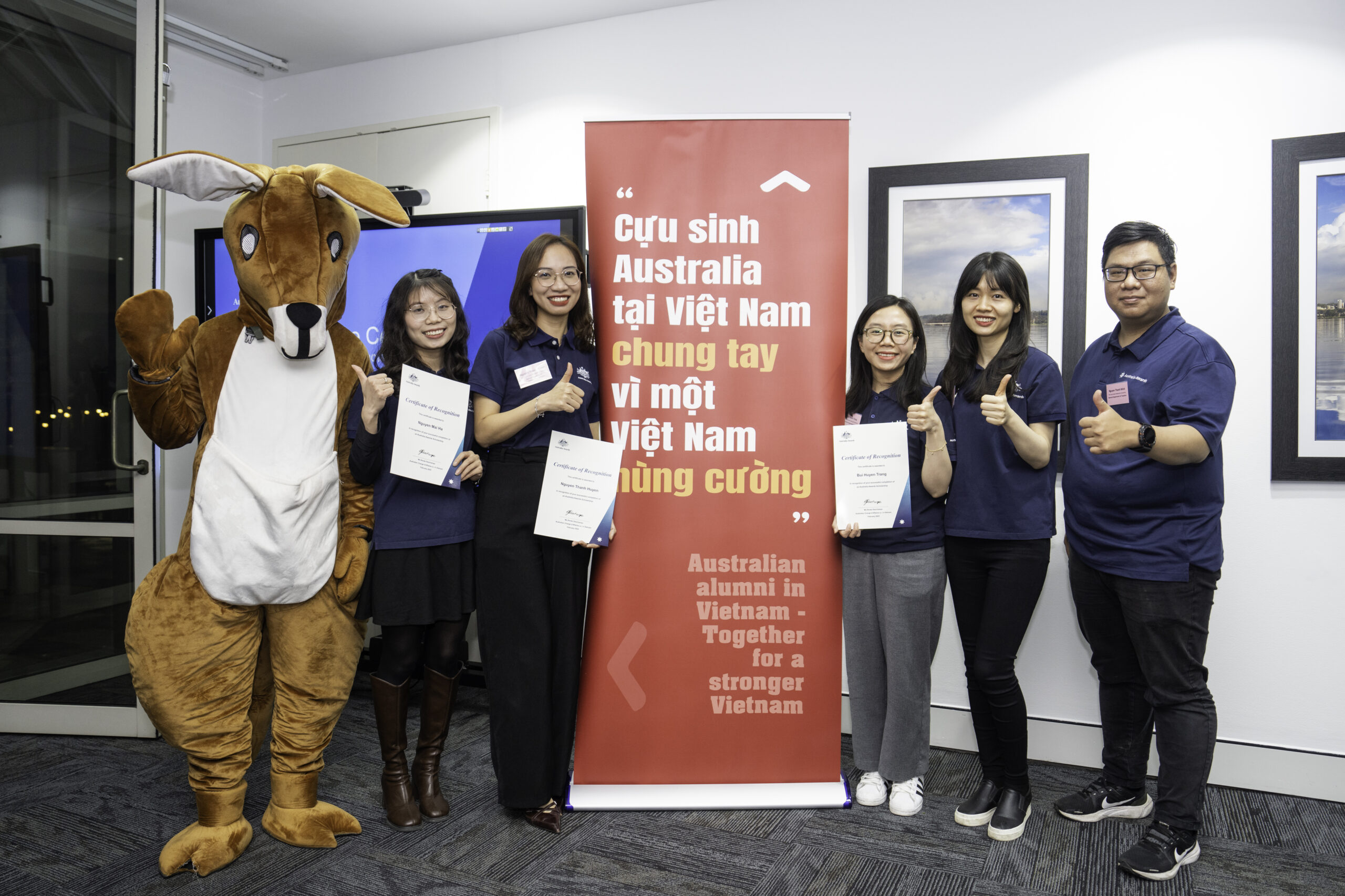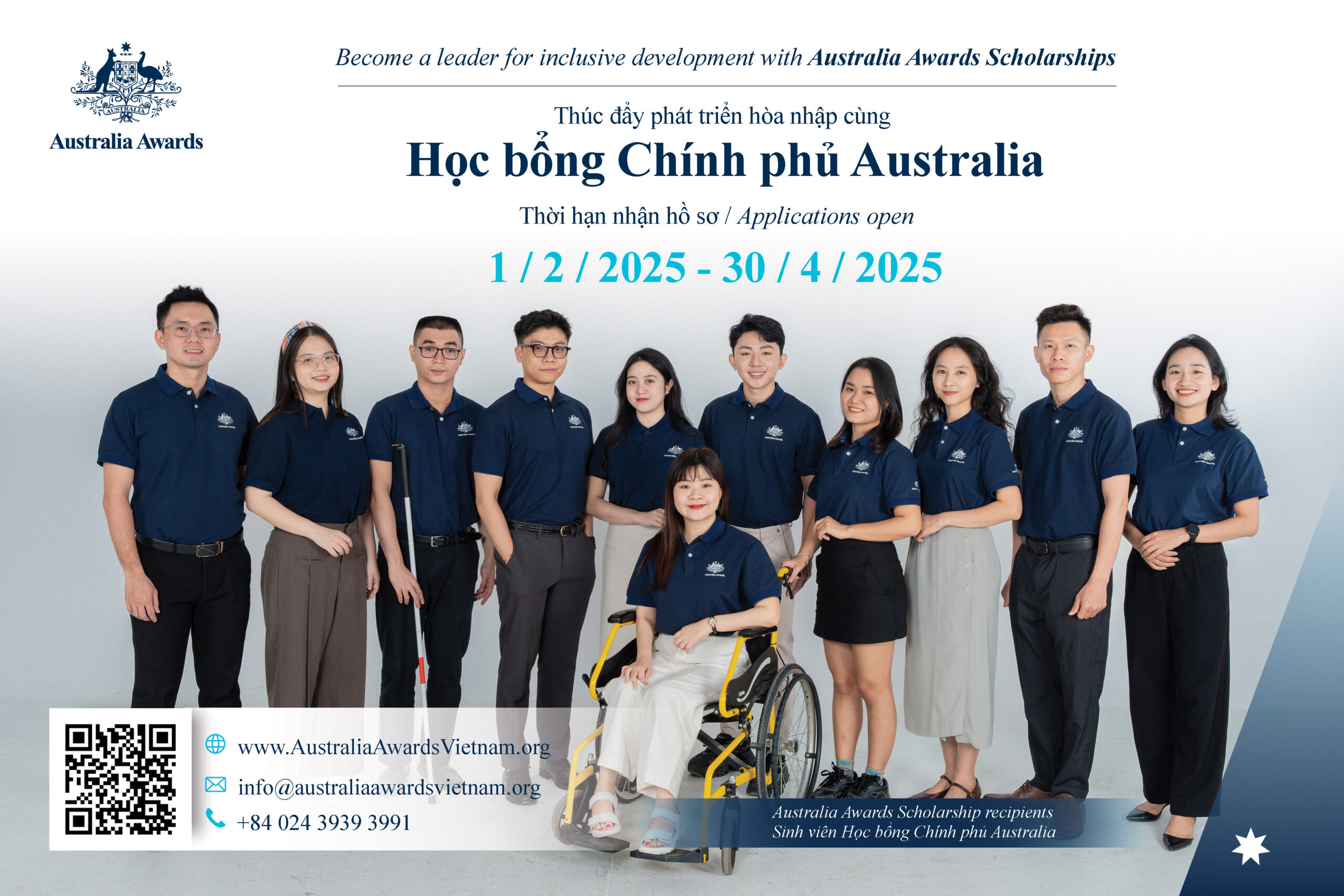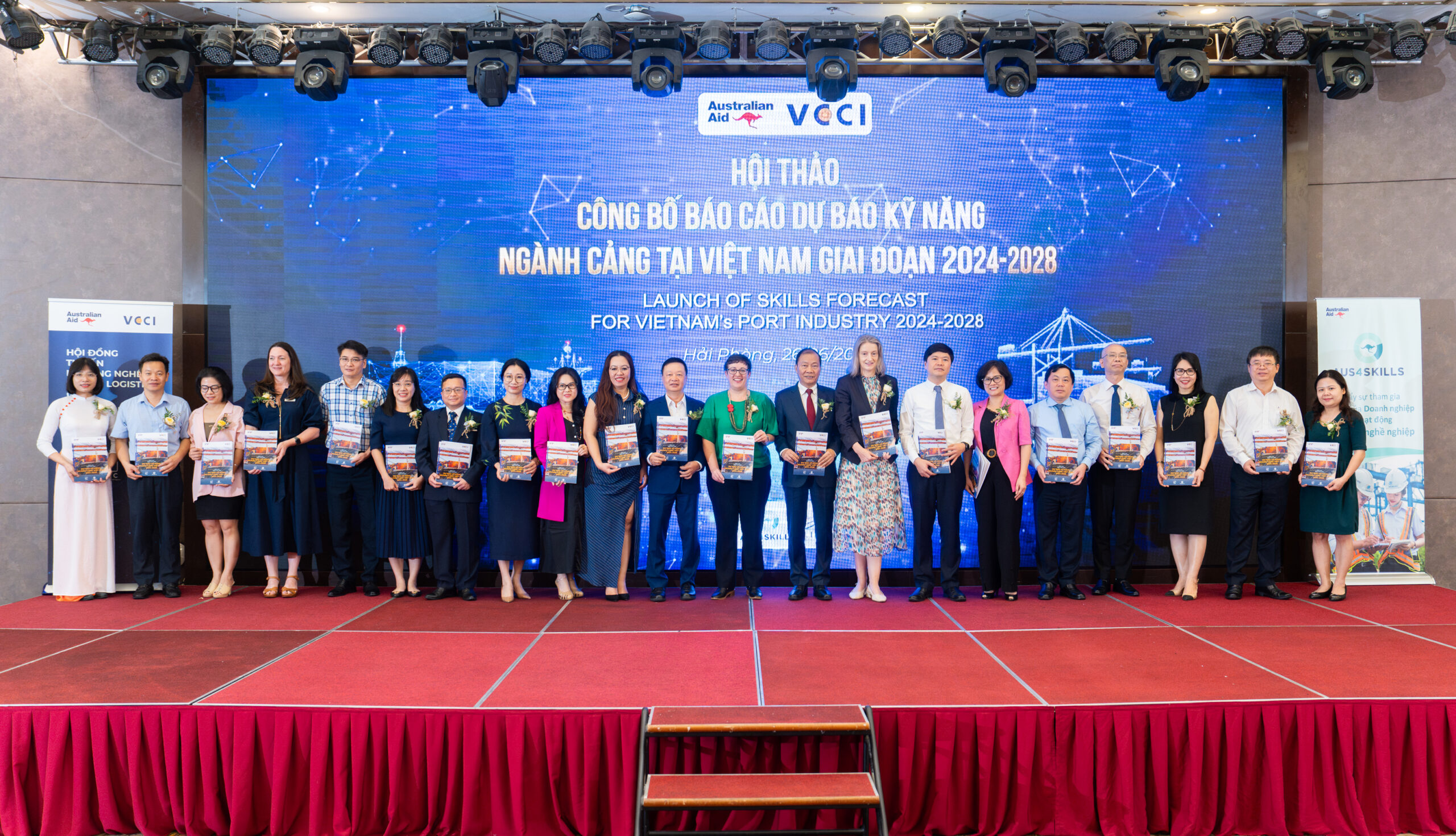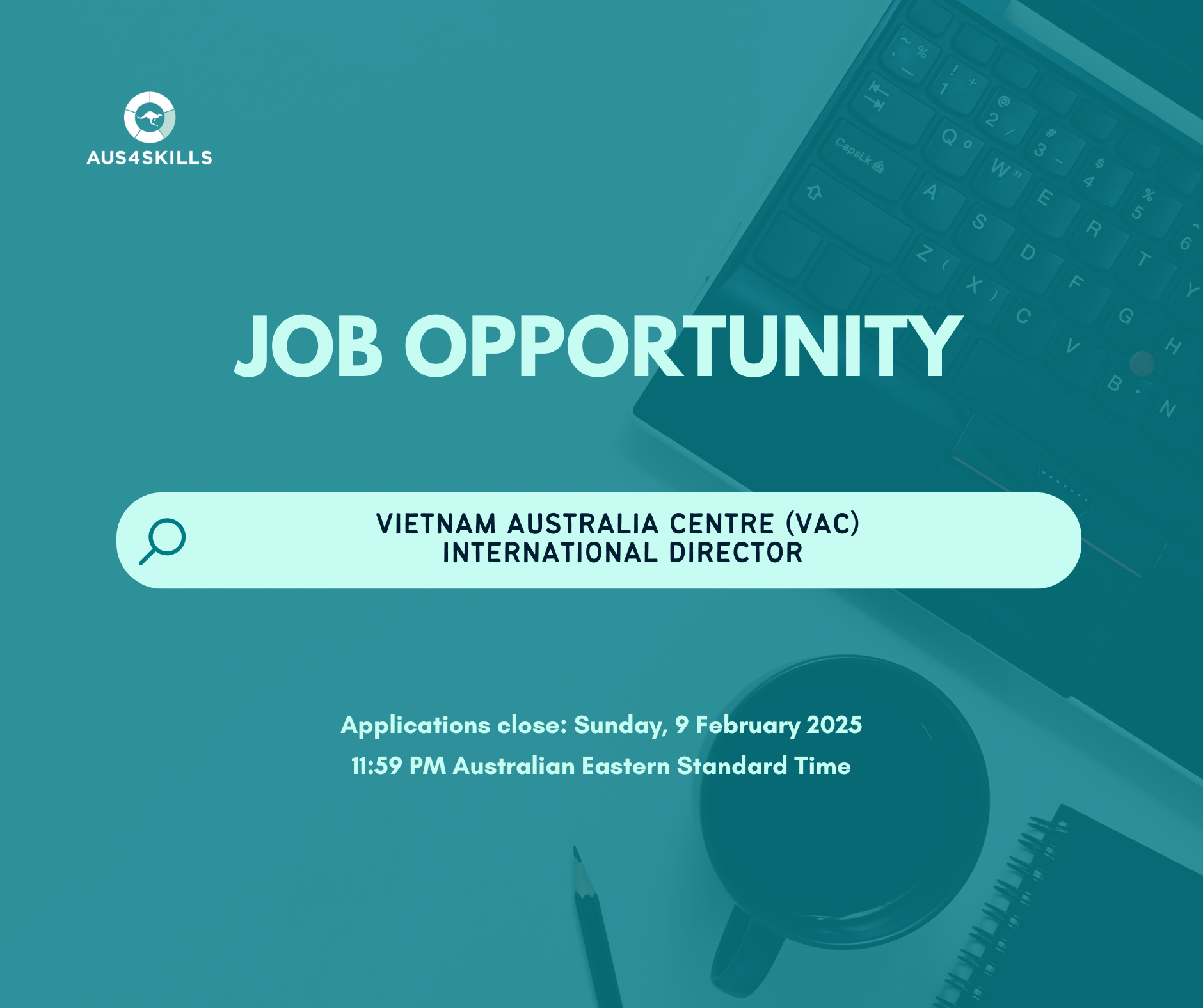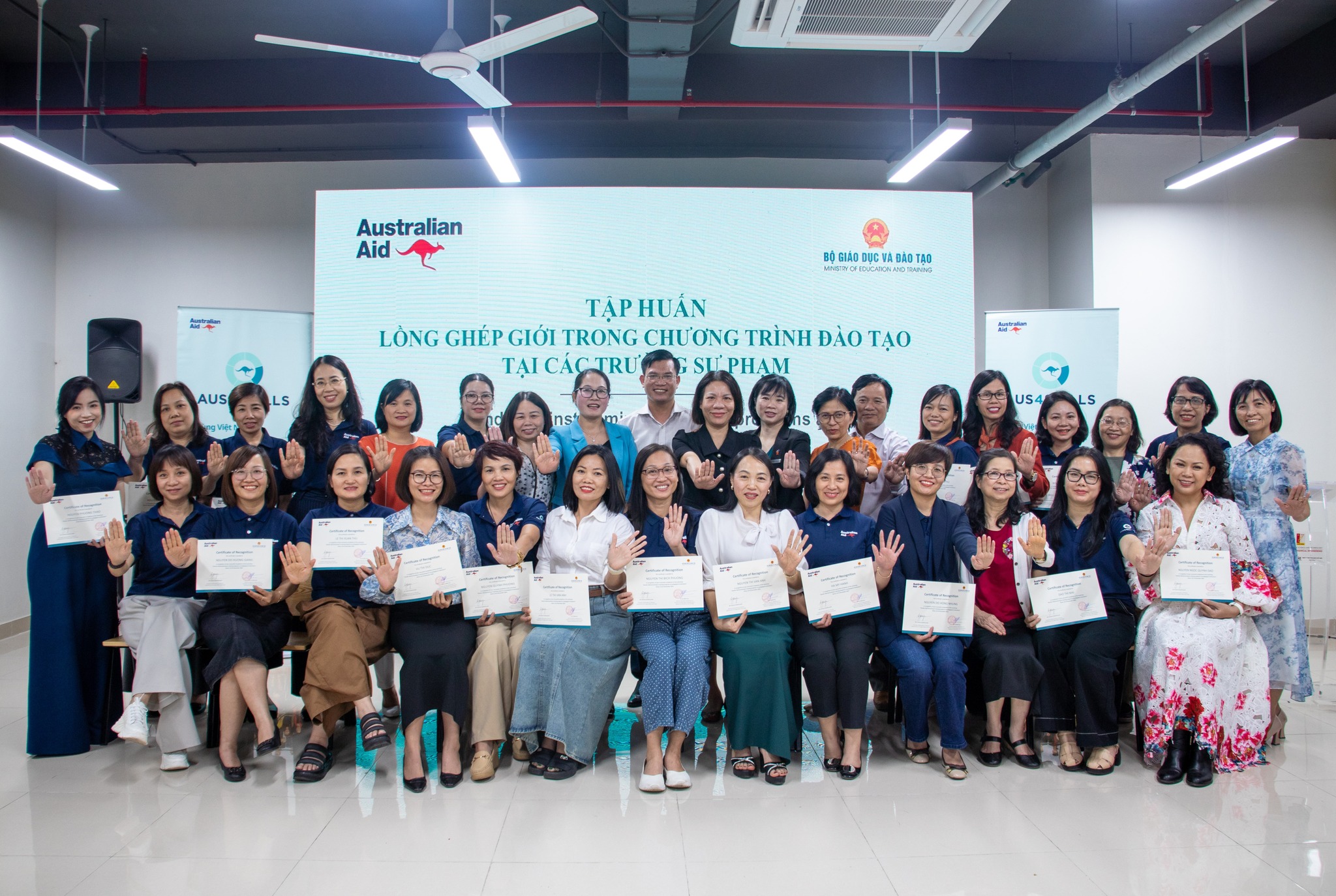Education & Times Newspaper – In the Vietnamese logistics industry, the job market demand has been increasing rapidly, displaying its thirst for skilled workers while VET providers can provide only a negligible number of workers due to difficulties in student recruitment and unqualified graduates.
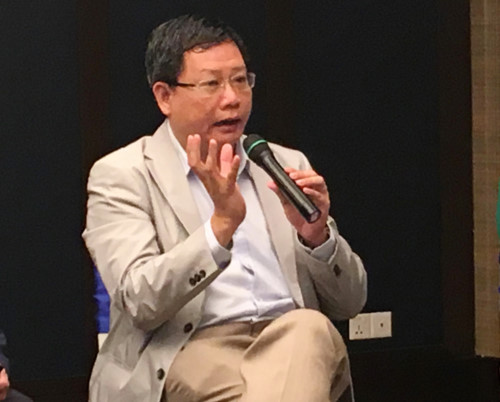
Mr. Nguyen Duy Minh, General Secretary of Vietnam Logistics Business Association (VLA)
The Aus4Skills Program, an Aus4Vietnam Investment by the Australian Government, selected the logistics sector for piloting an industry-led vocational education and training (VET) model. This model aims to promote stronger industry engagement in VET training in the logistics sector, eliminating gaps between supply and demand for human resources, and providing highly skilled workers equipped with international and regional occupational standards.
VET schools have a positive attitude towards these linkages, how about commercial companies’ perspective? Education and Times Newspaper had a discussion with Mr. Nguyen Duy Minh, General Secretary of VLA about this subject.
* What are VLA’s expectations for the VET industry-led model initiated by the Aus4Skills Program in Vietnam?
– We highly appreciate the Aus4Skills Program and approach because they have provided the term “job” for 5 pilot positions in the logistics sector. From VLA’s viewpoint, we would like to look a bit further. After establishing occupational standards for these five positions, we would like to develop more demanding occupational skills standards.
For example, there is a skilled workforce who satisfies occupational standards. Two years later, what additional skills should these experienced workers obtain? If they are promoted to higher positions in the next two years, what occupational skills standards are required for the new positions? When a logistics worker is promoted to be Head of a division or department, what additional skills are necessary for him/her?
A workforce including highly skilled workers with occupational standards, experienced workers, supervision staff, and those who are able to be Head of a division or department, will provide business firms with an overall picture and accurate understanding about job requirements and recruitment.
From the supply side’s viewpoint, based on this model, VET colleges and universities will focus on VET programs which are in line with their current capacity.
If the above-mentioned model is established, transparency in competencies and job performance in the logistics sector will be improved. For example, when a logistic company wants to recruit a position A, they know clearly what occupational standards are required and those who satisfy the skills standards for position A. Such understanding will reduce recruitment costs.
A student from Vocational College of Machinery and Irrigation practising as a Forklift Operator
* In total, there are more than 3,000 companies in the Vietnamese logistics industry. Given VLA’s appreciation for the Aus4Skills Program, what is your plan in working with companies to promote the program’s importance and effectiveness, then involving them in this industry-led VET model in the logistics sector?
– We are at the initial stage – to establish occupational standards. The next step is VET curricula designed for each occupational standard. In addition, a roadmap and financial resources for scaling up training activities should be determined.
VLA has been considering using E-learning for delivery of vocational training through the internet, so that more and more people can access VET programs at reasonable cost. Currently, 90% of logistics companies are small, medium and micro enterprises. Therefore, it is necessary to develop training to address the relevant labour needs with appropriate costs.
I believe that when gaps between supply and demand for the logistics jobs are reduced, small and medium-sized enterprises will consider employee training as an investment.
Source: Translation of an article on Education and Times Newspaper









